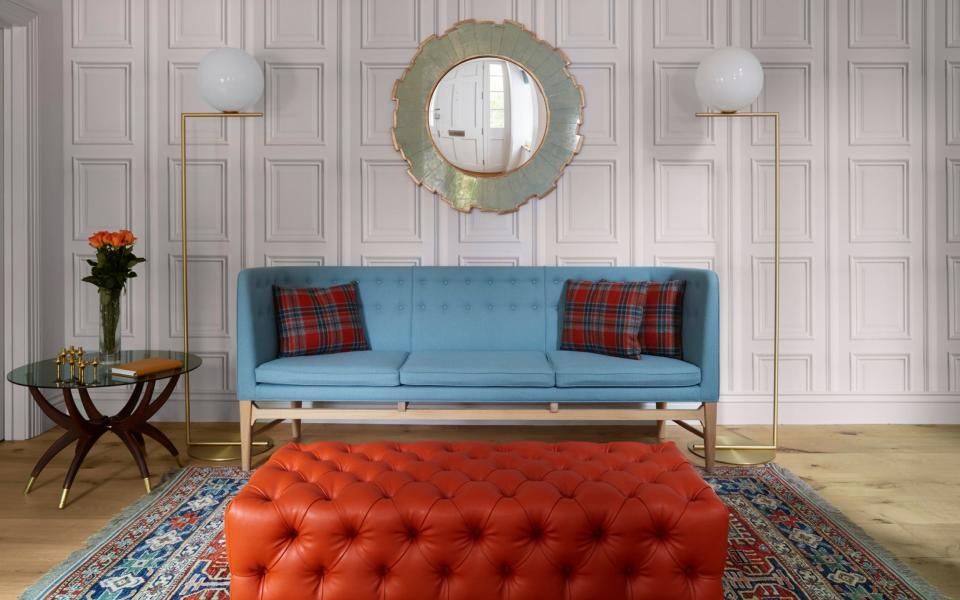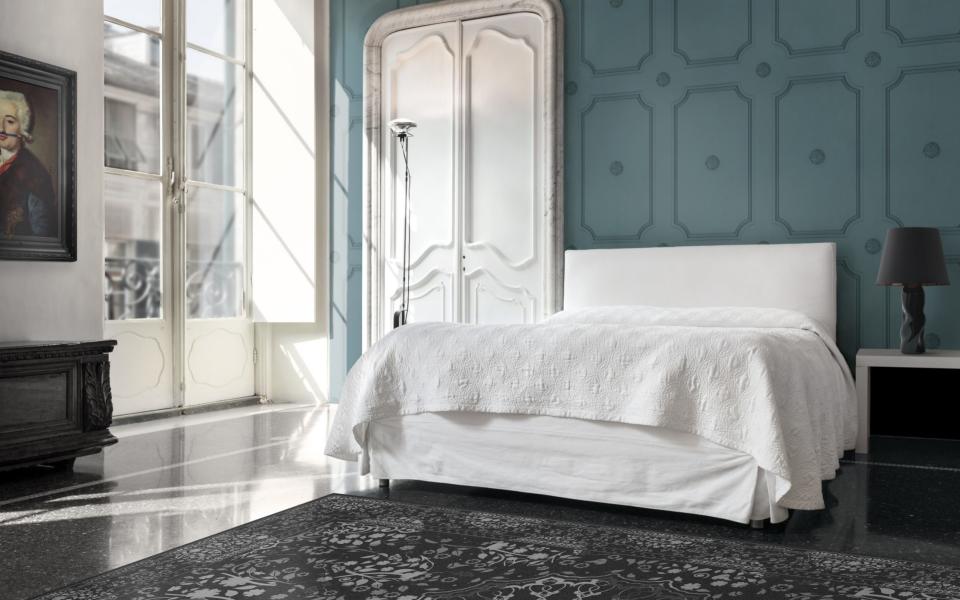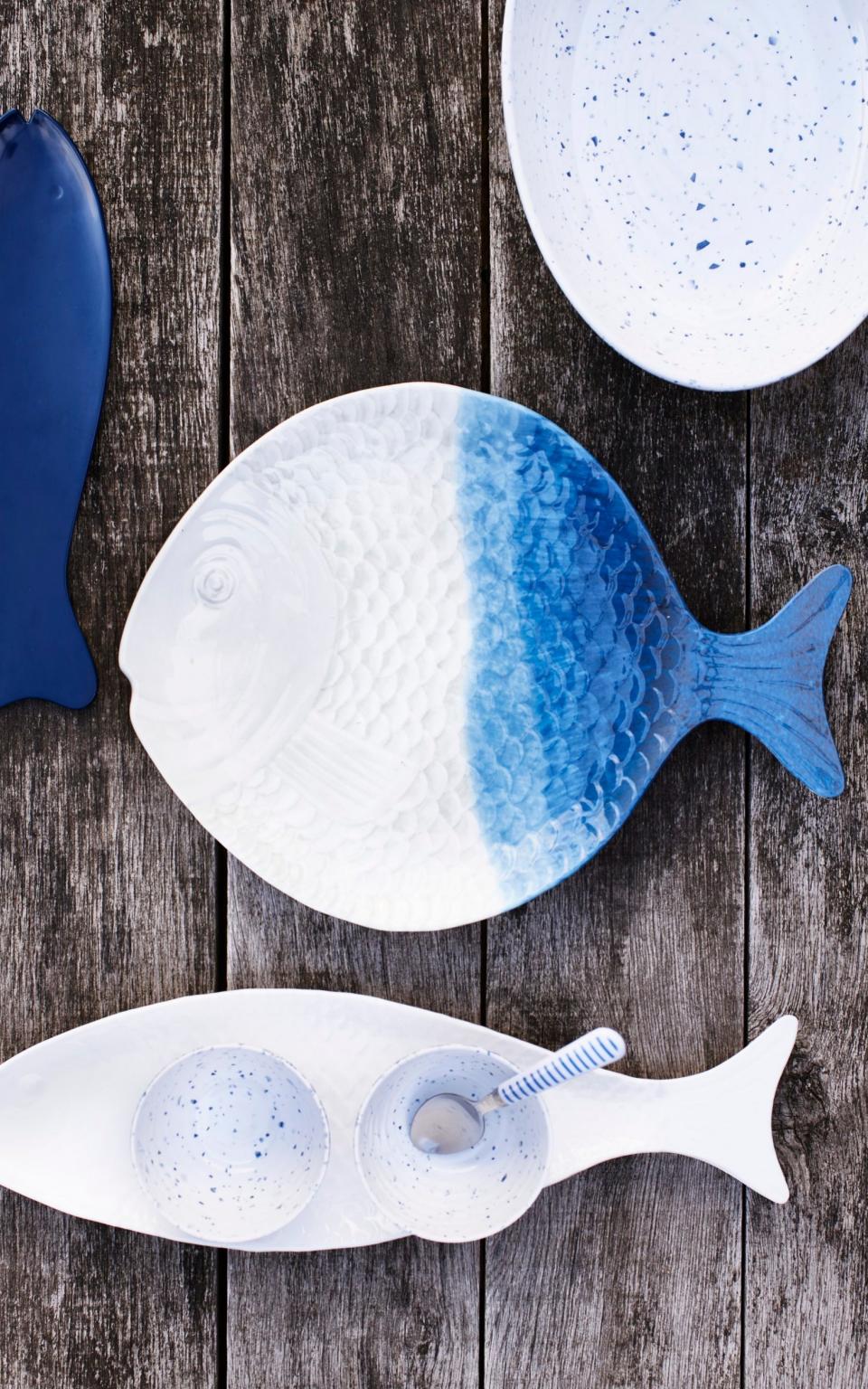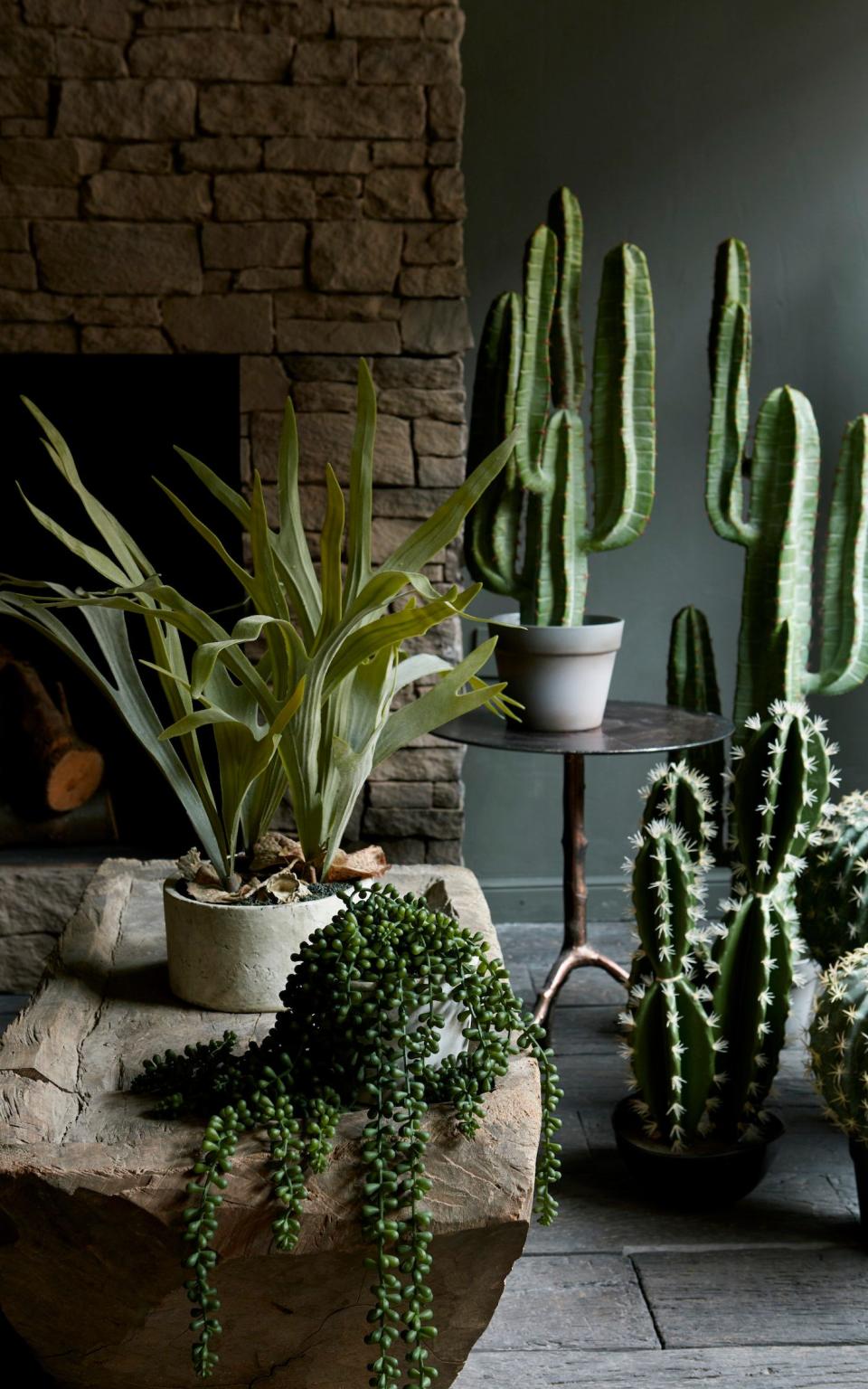Fake it till you make it: why faux interiors are now fabulous

When it comes to interiors, items waving the somewhat indistinct flag of “authenticity” are prized above all else. Fakery is so unpalatable that we even feel the need to translate it into the French “faux” to make it more acceptable. But, thanks to a combination of brilliantly convincing products and a slight loosening of the rules, it’s become apparent that fake can also be fabulous.
Fakery has a long history in art and design. Scagliola was invented in 17th-century Italy as a substitute for precious marble, and artists have been teasing their audiences with trompe l’oeil effects for centuries. This visual humour was intended to delight viewers when they discovered that what they thought was real was actually paint on canvas.
Fakery is still a way to add wit to an interior. “My favourite scenario for using a ‘faux’ product is to select a material finish that is not usually associated with the location, to create an interesting juxtaposition,” says interior designer Clare Pascoe, of Pascoe Interiors.

For one recent project, she used wallpaper that looks like coffered panelling in a hallway. “I wanted the grandeur of a panelled entrance hall, but in a way that was humorous, to tone down the formality,” she says. “My wish was for a thoroughly convincing result that only gave up its secret if you reached out to touch the paper.”
There are lots of trompe l’oeil wallcoverings on the market, and Pascoe’s opinion is that it’s worth spending more on a product if you want it to be truly convincing right up until the moment you touch it. The same is true of timber-look porcelain floor tiles, which have become a highly popular faux product – they can be used in wet areas such as bathrooms, they’re highly compatible with underfloor heating and they require little maintenance.
My wish was for a thoroughly convincing result that only gave up its secret if you reached out to touch the paper
It’s not just wood that porcelain is good at emulating: Karen Brimacombe, of interiors retailer Reed Harris, says that terracotta and terrazzo surfaces are two emerging trends for faux tiles. The vogue for industrial-inspired interiors has made concrete-effect products popular, from wall tiles that mimic Brutalist-style shuttered concrete to polished floor tiles.
Even for designers working at the top end, certain precious materials are too costly to use in the large quantities that they would wish. “Faux eel-skin wallpapers and scagliola finishes for coffee tables not only look beautiful but can be a fraction of the cost of real eel skin and semi-precious lapis lazuli stone,” says designer Katharine Pooley. “From a practical point of view, faux finishes are also useful if you’re planning to update your decor on a more regular basis.”

Shagreen (the distinctively textured hide of a shark or ray) is a popular material for high-end furniture, but is often substituted for embossed cattle hide. Non-animal leathers are also making their way into luxury interiors; as real hides come with a size restriction (the dimensions of the animal it came from), that can mean design compromises such as unwelcome seams on dramatic features such as large panelled walls. Some choose such products for ethical reasons, but it’s cheaper too.
If you’re after inexpensive fakery, look at some of the melamine tableware on the high street: Marks & Spencer and Sainsbury’s have ranges lined up that will impress with their design detail. No one’s suggesting they’re a substitute for your best china, but for summer outdoor dining with a bit of fun, they’re great.

Faux houseplants are another budget-friendly product that have taken off. They’ve moved on a long way from the naff, plasticky greenery of the past and are handy if your home doesn’t have the light levels to grow real houseplants well, or you simply can’t be bothered with the upkeep. Interior designer Abigail Ahern and online retailer Rockett St George both sell a luscious selection, from little succulents to giant cacti.
“Whether faux or the real deal, greenery can freshen up your home decor without blowing your budget,” says Jane Rockett, director of Rockett St George. “I like the element of surprise that faux plants create. I think that this instils a little confidence in people: sometimes beauty and practicality can be combined to create stunning interiors.”

 Yahoo Finance
Yahoo Finance 